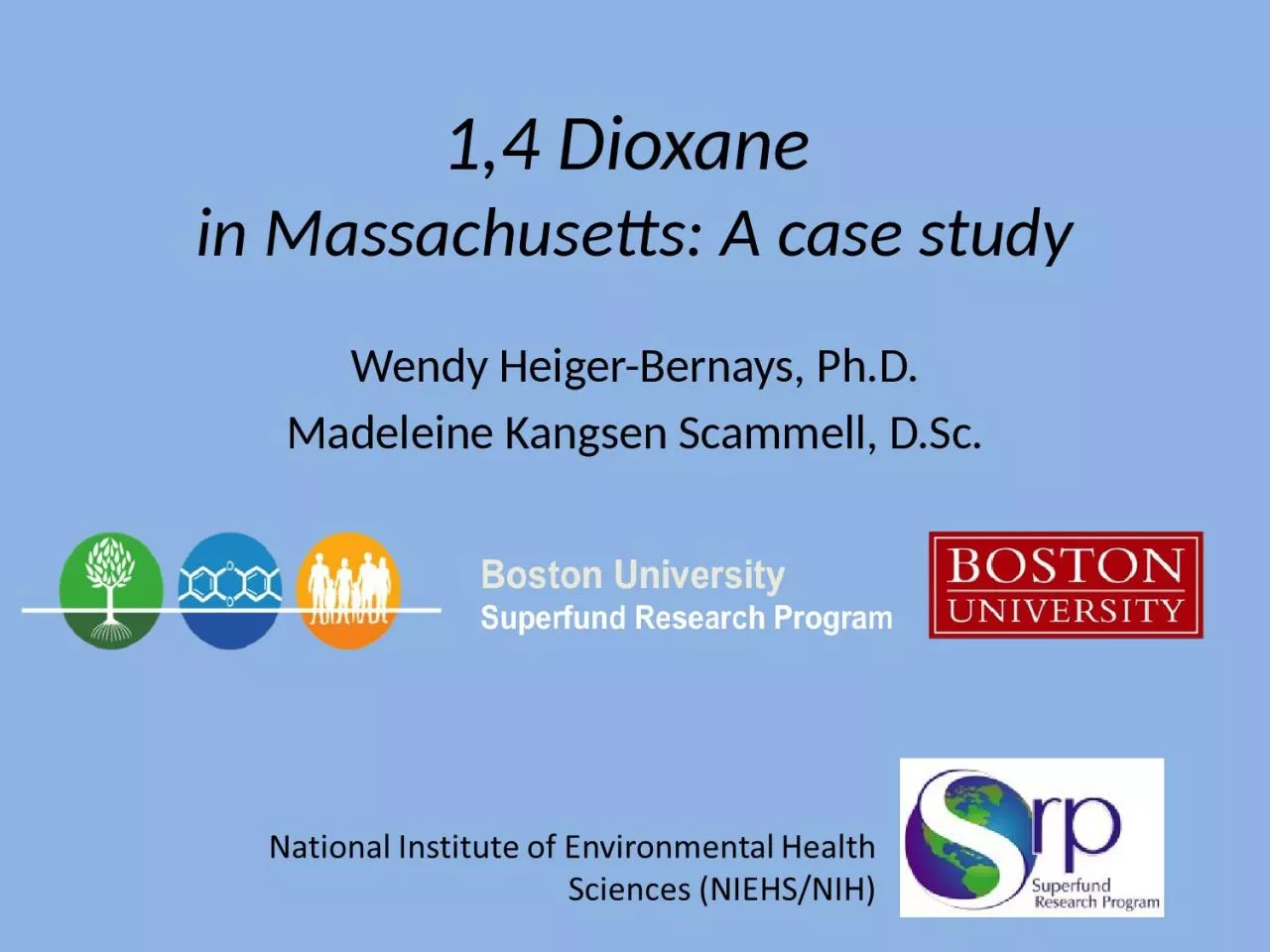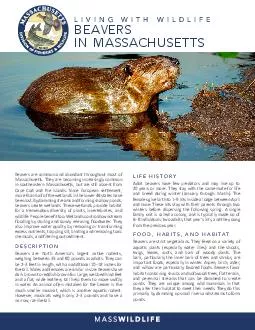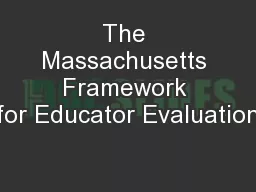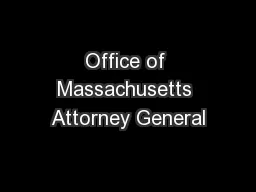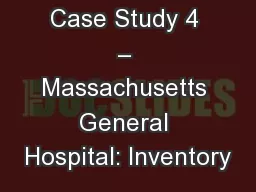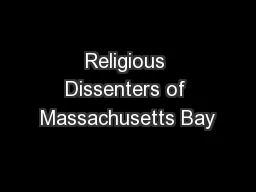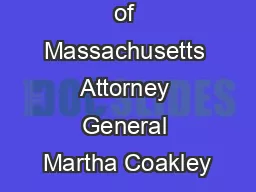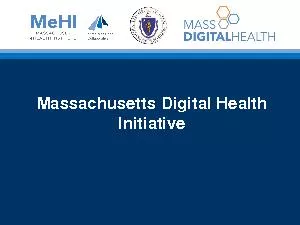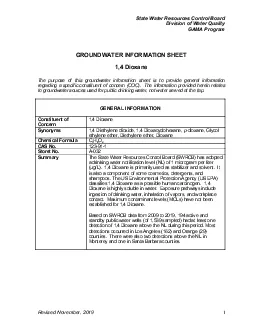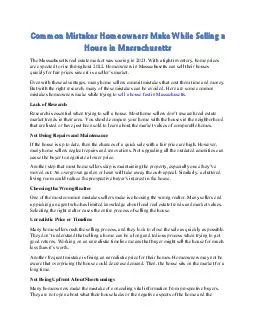PPT-1,4 Dioxane in Massachusetts: A case study
Author : tabitha | Published Date : 2024-02-09
Wendy HeigerBernays PhD Madeleine Kangsen Scammell DSc The Boston University Superfund Research Program Five research projects 1 Prenatal Exposure to TetrachloroethyleneContaminated
Presentation Embed Code
Download Presentation
Download Presentation The PPT/PDF document "1,4 Dioxane in Massachusetts: A case ..." is the property of its rightful owner. Permission is granted to download and print the materials on this website for personal, non-commercial use only, and to display it on your personal computer provided you do not modify the materials and that you retain all copyright notices contained in the materials. By downloading content from our website, you accept the terms of this agreement.
1,4 Dioxane in Massachusetts: A case study: Transcript
Download Rules Of Document
"1,4 Dioxane in Massachusetts: A case study"The content belongs to its owner. You may download and print it for personal use, without modification, and keep all copyright notices. By downloading, you agree to these terms.
Related Documents

